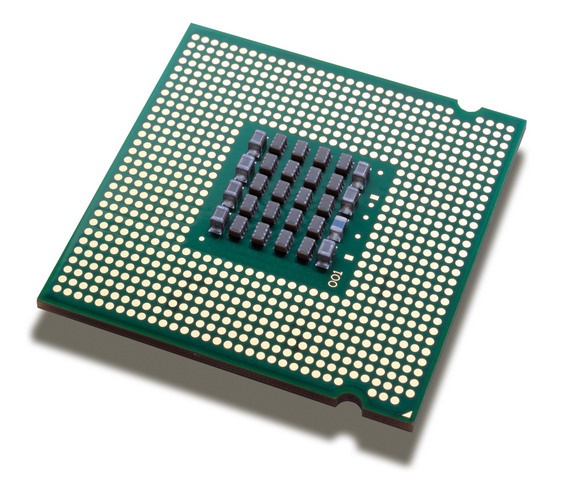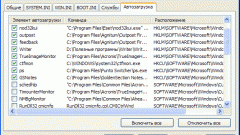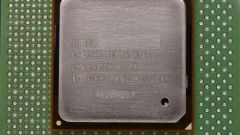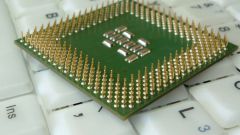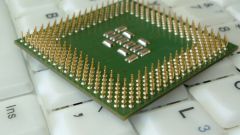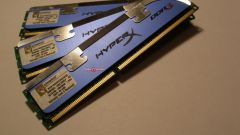Instruction
1
Find out how busy the CPU is. Press Ctrl+Alt+Del and start task Manager". Select the Performance tab, and view the percentage of CPU usage. On the Processes tab you can see what process stresses the CPU and reduce its performance.
2
Turn off the program, which launched this process. Click on the button to close the program or Exit from the menu. Try to remove the task in task Manager if the program is not responding. If that does not work, complete the process in "task Manager". Be careful, you should only terminate the process of the user, in any case service processes.
3
The CPU load may affect programs that do not meet the configuration of the computer. Remove them. Always pay attention to the system requirements of the programs.
4
The system performance affected by the presence of computer viruses and malicious software. Install antivirus and check the computer. Remove viruses and malware. If you have a network connection, you must install the firewall - it will protect Internet connection.
5
Important components of the system are a service, and the system can't work without them. Some services you can safely disable to save memory and reduce CPU usage.
6
Open the services list ("control Panel", "administrative tools", "Services"). The column "Status" displays the current service status (running or disabled), the column "startup Type specifies whether the service starts automatically when you start Windows. To disable a service, double-click on it and select "Disabled" in the column "startup Type".
7
Turn off unused services. To be able to repair computer damage normal work, create a restore point. Proceed with caution and always remember what you did to if you need to return the settings to their original state.
8
Consult a specialist if problems arise with the processor repeatedly.
